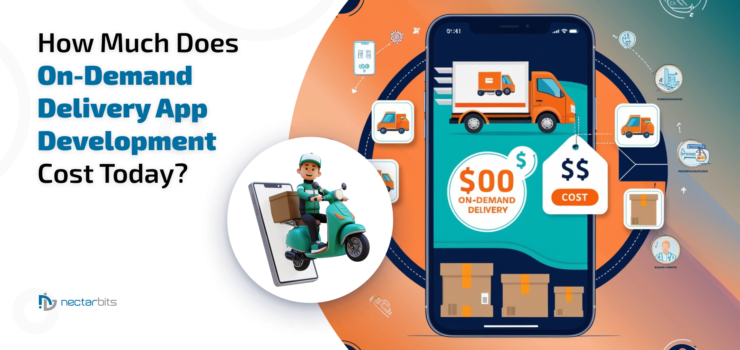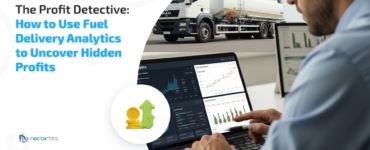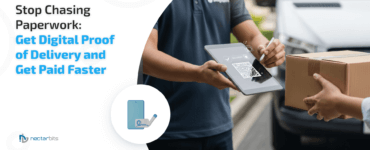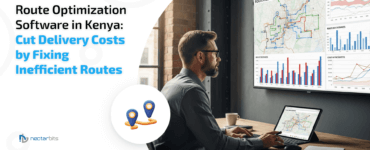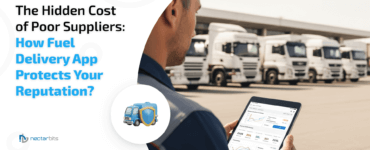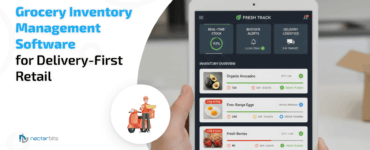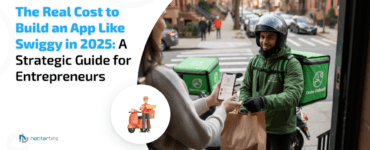As the ongoing rapid evolution of technology continues to change user behavior globally, on-demand delivery apps have become integral to consumer convenience, allowing users to order and obtain anything they desire from the comfort of their homes. However, for businesses eyeing this booming market, understanding the cost of on-demand delivery apps is crucial to making informed decisions. This is why this article provides a detailed delivery app development cost analysis, covering the key cost components, influencing factors, and regional variations. By the end, you’ll have a clearer picture of on-demand app development pricing in 2024 and how it fits with your business goals.
Understanding On-Demand Delivery App Development: An Overview
With consumers becoming more used to instant delivery services, the need for delivery app development is set to skyrocket. You can see this trend in delivery apps for food or groceries, but these industries are now also investing in on-demand delivery apps to serve customers better, like healthcare, e-commerce, and logistics. What does that mean, specifically, regarding delivery app development cost analysis?
The cost of development of an on-demand delivery application depends on how complex the application is, how many features it would have, and in addition where will be the development carried out. The average app can cost anywhere from a few thousand dollars to over a hundred thousand dollars depending on the level of service.
Read More:- What is Custom Software Development and Why Your Business Needs It
Market Revenue and Statistics for On-Demand Delivery Apps
In recent years, the growth of the on-demand delivery apps market has been considerable as consumer demand for convenience has increased alongside a rapid change in the way businesses operate across different sectors. The global on-demand delivery services market is expected to grow at a compound annual growth rate (CAGR) of around 19.8 percent from 2023 to 2030 and revenues are expected to surpass $300 billion by 2030, according to recent reports. The high rate of this growth points to the type of growth that is both possible and profitable in the delivery app development.

Industry Revenue by Sector
The on-demand delivery industry is segmented into different verticals which contribute a very high percentage of the market revenue. Here’s a snapshot of projected revenue figures for major sectors in 2024:
- Food Delivery: The food delivery app development market is one of the fastest growing segments, projected to be worth about $96 billion globally by 2024, led by Uber Eats, DoorDash, and Grubhub.
- Grocery Delivery: Since the pandemic has reshaped consumer behavior, the grocery delivery market is set to reach $150 billion by 2025. And, fair to say, by 2024, it will make about $85 billion, with Instacart and Amazon Fresh taking advantage of the demand.
- Retail and E-commerce Delivery: Since more retailers are offering same-day delivery, the retail delivery app market is forecasted to be worth nearly $120 bn by 2024, with Walmart, Target, and Alibaba among others leading the market.
Growth in Emerging Markets
While the United States remains the world’s dominant on-demand delivery services market, emerging markets in Asia, the Middle East, and Africa are booming. Driven by the growing penetration of smartphones and changing consumer lifestyles, many countries including India, UAE, and Brazil have witnessed a significant year-over-year rise in app-based Delivery Services. In particular:
- India: The food and grocery delivery demand continues to be the key driver of India’s on-demand delivery sector, pitting its growth at a rate of 23% yearly.
- UAE: The UAE market has a high demand for luxury goods as well as rapid services and is expected to grow, especially in aspects such as food and retail delivery with a strong yearly growth of 18%.
Increasing user base and app engagement
On-demand delivery apps are also seeing the user base grow exponentially. For instance, in the U.S. you can expect over half of the population to depend on delivery services regularly by 2025. Much like this, the data also shows that delivery apps have increased the average time spent on delivery apps by 25 percent in the last year, demonstrating strong user engagement.
Role of Technology in Revenue Growth
One of the factors of revenue growth for on-demand delivery apps is advancements in technology such as AI, machine learning, and data analytics. With real-time data tracking, personalized recommendations, and AI-driven insights businesses can operate and engage with users in entirely new ways. In recent times, there’s been a lot of benefit to users to have the AI integrated delivery apps as the studies show that the use retention of AI-integrated delivery apps will experience a 30 percent increment, the order frequency will increase by 20 percent and the revenue will grow exponentially.
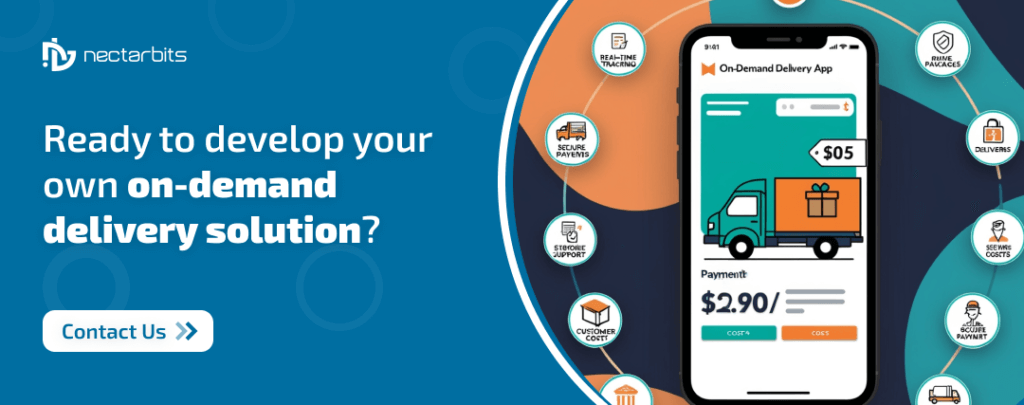
On-Demand Delivery App Development Costs: Key Factors
The cost breakdown for delivery apps depends upon several factors. Here’s a closer look at the main elements that can affect on-demand app development pricing:
App Complexity and Features
- Basic Features: They are – user registration, product catalog, search functionality, order placement, integration with payment gateway, and order tracking. It takes between $30,000 and $50,000 to develop an app with basic features.
- Advanced Features: This can include real-time tracking, In-app messaging, various payment options, AI-based recommendations, and social media integration. The development hours alongside testing requirements will increase the cost of adding these features to the on-demand delivery app.
- Admin Panel: Managing orders, tracking deliveries, and monitoring app performance need to be handled by a user-friendly admin panel. Around $5,000 to $15,000 can be added to the total cost by including an efficient admin panel.
Platform Choice (iOS, Android, or Cross Platform)
- iOS & Android: If you want your mobile app to be accessible on both iOS and Android devices, your cost goes up since developers need to curate custom mobile app development for each.
- Cross-Platform Development: Cross-platform development (e.g., Flutter, React Native) can reduce the costs in development, however, its performance is slower than that of similar native apps. Creating a cross-platform app would cost 20-30% less than creating two separate apps.
UI/UX Design Complexity
User Retention highly depends on a well-designed UI/UX. The initial costs may seem higher for a very smooth design but will save big on time and costs in the long run. The amount that a custom UI/UX design development would range from is between $5,000 and $20,000, or even more in the most complex cases.
Development Team Location and Expertise
- Location: Rates vary significantly by region. Development in the US or UK can be upwards of $100 per hour, whilst developers in Eastern Europe or Asia tend to charge around $25 – $50 per hour.
- Expertise Level: They could hire a team of professionals with the skills and experience in on-demand app development in a short time yet expense will be likely to up 10 to 20 percent.
Post-launch maintenance and updates
To stay functional after launch the app requires regular updates, bug fixes, and new features. Typically the cost of maintenance is 15-20% of the initial development cost on an annualized basis.
Cost Breakdown for Delivery Apps: An In-Depth Look
The table below illustrates an average cost breakdown for delivery apps, showcasing a range of development costs based on feature complexity, platform choice, and design.
| Development Component | Basic App (Estimated Cost) | Mid-Level App (Estimated Cost) | Advanced App (Estimated Cost) |
| App Design | $5,000 – $10,000 | $10,000 – $20,000 | $20,000 – $30,000 |
| User Registration & Profile | $2,000 – $5,000 | $5,000 – $10,000 | $10,000 – $15,000 |
| Order & Delivery Management | $5,000 – $10,000 | $10,000 – $20,000 | $20,000 – $30,000 |
| Payment Gateway Integration | $5,000 – $7,000 | $7,000 – $12,000 | $12,000 – $20,000 |
| Real-Time Tracking | N/A | $5,000 – $10,000 | $10,000 – $15,000 |
| Notifications & Alerts | $2,000 – $5,000 | $5,000 – $7,000 | $7,000 – $10,000 |
| Admin Panel | $5,000 – $10,000 | $10,000 – $15,000 | $15,000 – $25,000 |
| Testing & Quality Assurance | $5,000 – $7,000 | $7,000 – $10,000 | $10,000 – $15,000 |
| Total Estimated Cost | $29,000 – $54,000 | $59,000 – $94,000 | $104,000 – $160,000 |
4. Regional Delivery App Development Cost in 2024
The graph below provides a rough estimate of regional hourly development rates for delivery app development in 2024.
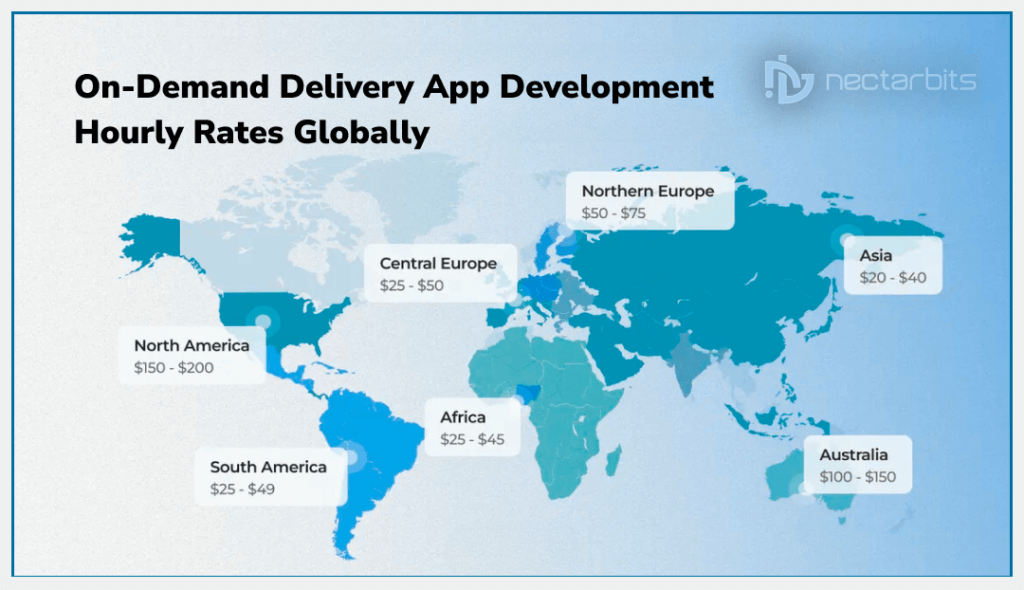
These numbers reflect the estimated cost of on-demand delivery app development, taking into account the standard hourly rates in each region.
Strategies to Reduce Delivery App Development Costs
Building a delivery app doesn’t have to break the bank. Here are some strategic ways to reduce on-demand app development pricing:
- Prioritize MVP Development
At first, the start of most businesses is their Minimum Viable Product (MVP). This offers the company enough resources upfront to run a test of their offering, just with the essential features. Only if the test turns out successful do they add other things. Getting an app up and running in an MVP takes 40 to 50 percent less time and 30 to 50 percent less money than a full-scale app.
- Utilize Pre BUILT Solutions
Using prepackaged modules, like third-party payment gateways or notification services, gets you to market faster and cheaper. 15 – 20% cost reduction can be achieved with pre-built solutions.
- Cross-Platform Development Approach
With cross-platform frameworks like Flutter and React Native, savings can be enormous without losing quality. More specifically, It’s great for businesses aiming at both iOS and Android users.
Read More:- Best Ways for Startups to Reduce App Development Costs
Future of Delivery App Development in 2024
With the advent of AI, machine learning, and predictive analytics in 2024 delivery app development is all set to endow sophistication and ingenuity. For example, advanced data analytics help businesses predict user preferences, optimize delivery routes, and optimize business efficiency. Although this increases the cost of on-demand delivery apps, these technologies add massive value due to the operations streamlining and increased user satisfaction.
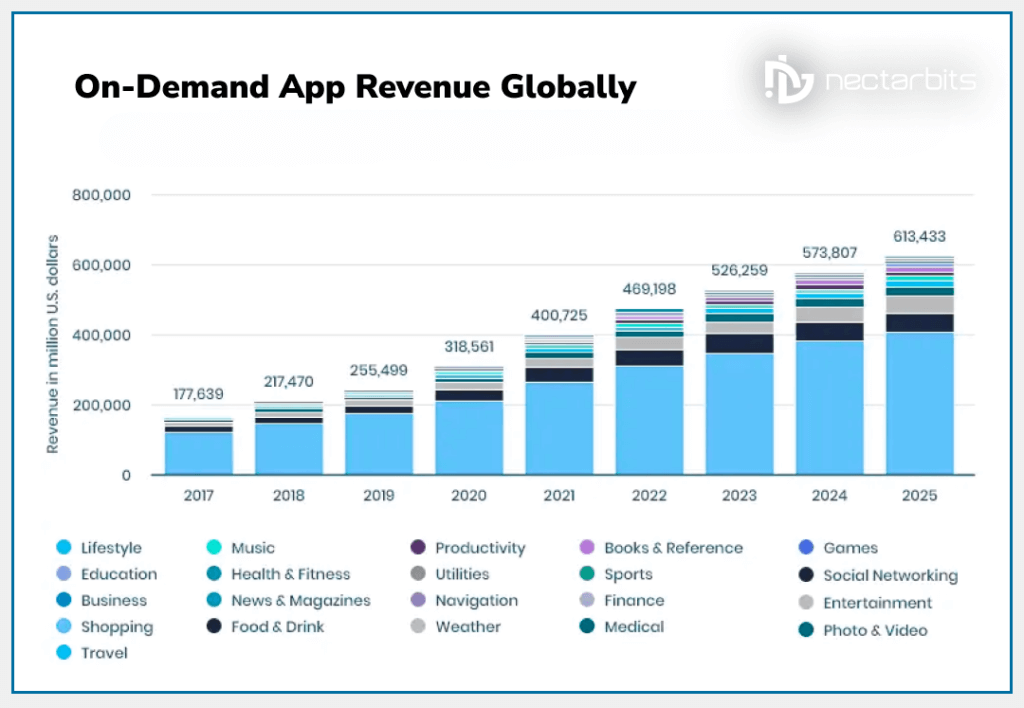
Conclusion: On-Demand Delivery Apps are The Best Investments For The Future
On-demand delivery apps can become a game changer for business by increasing exposure to your product and establishing a direct relationship with the final buyer. A delivery app development cost analysis helps companies understand where they should allocate resources most efficiently.
Ultimately, the on-demand delivery app cost is an investment towards scalability, customer satisfaction, and revenue growth. If you’re creating an app based on your business, take care of the small things and make sure you select the best development team for your project.
Frequently Asked Questions (FAQs)
The average cost to develop an on-demand delivery app varies widely depending on factors like the app’s complexity, the region of development, and the specific features needed. Generally, a basic app might cost between $30,000 and $50,000, while more advanced applications can reach $100,000 or more.
-For a basic app: $30,000 to $50,000
-Mid-level features: $60,000 to $90,000
-High-end, complex apps: $100,000+
-Additional costs like UI/UX design and admin panel can add $5,000 to $20,000 or more
The cost of building a delivery app depends largely on factors like design complexity, feature set, platform (iOS, Android, or cross-platform), and team location. Each aspect significantly impacts the final cost.
-Advanced features: GPS tracking, multiple payment methods, social logins
-UI/UX Design: High-quality design is crucial but can increase costs
-Platform choice: Cross-platform or individual for iOS and Android
-Regional cost variations: Development rates vary from $25/hour in Asia to $100/hour in the U.S.
Adding advanced features to a delivery app can be a significant investment, with each feature adding to both development time and cost. For example, in-app messaging, real-time tracking, and AI-driven suggestions all contribute to higher pricing.
-Real-time tracking: $5,000 to $15,000
-AI-based recommendations: $7,000 to $12,000
-In-app messaging and notifications: $2,000 to $10,000
-Payment integrations: Additional $5,000 to $15,000
Cross-platform development allows your app to reach both iOS and Android users while saving costs by creating one app for both platforms. Using frameworks like Flutter or React Native, this method can reduce costs by about 20-30%.
-Initial savings of 20-30% compared to building separate apps
-Faster development and market launch
-Streamlined maintenance with only one codebase
-Slight trade-off in performance, but generally cost-effective for MVPs
Reducing the delivery app development cost can be achieved through strategic planning, like prioritizing an MVP (Minimum Viable Product) or using pre-built modules. Opting for essential features at launch can save significant resources.
-MVP approach: Focus on essential features, then expand
-Use of third-party modules: Reduces development time and cost
-Cross-platform frameworks: Save on creating separate apps


